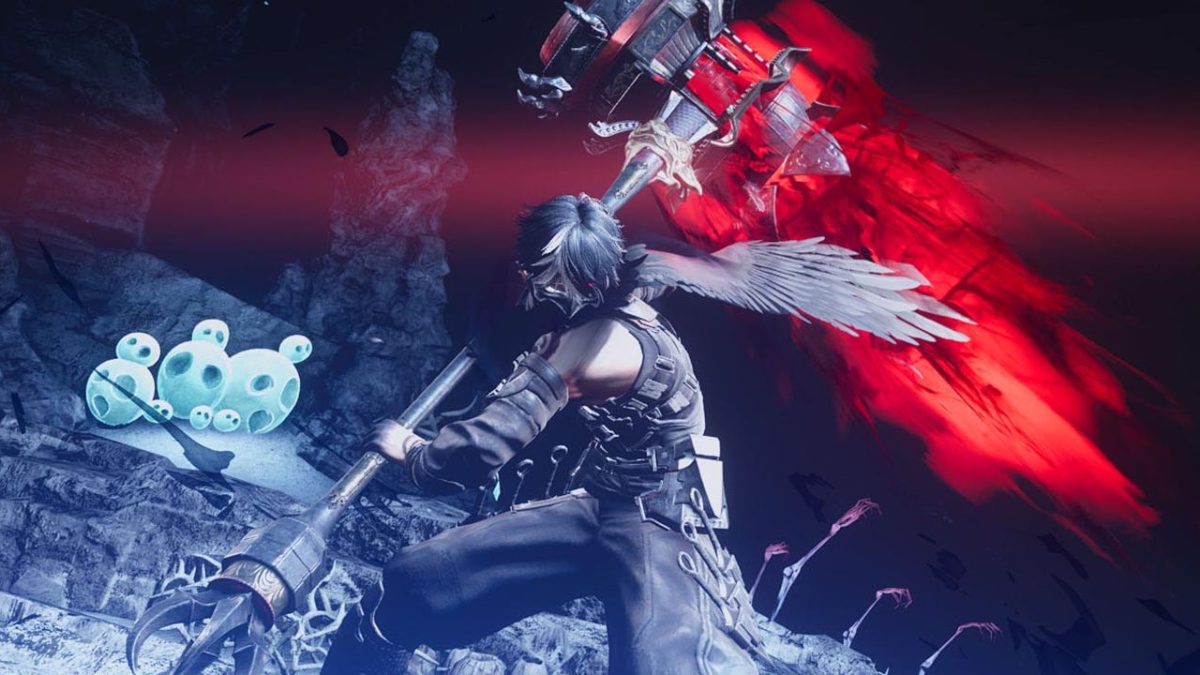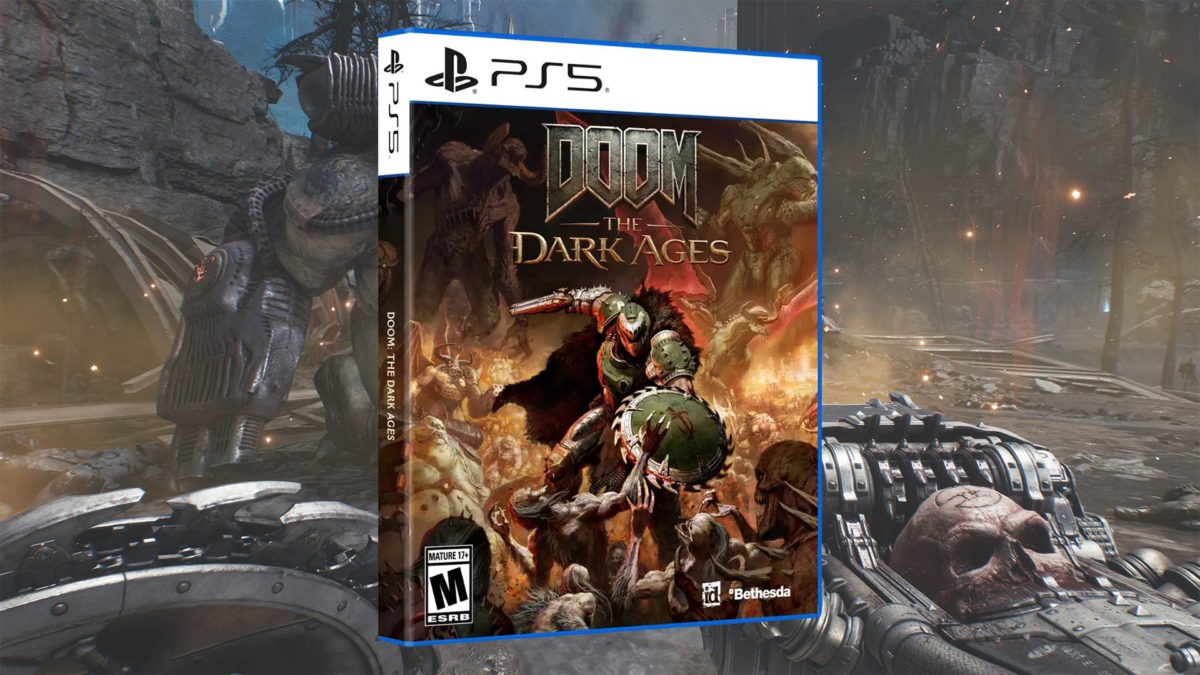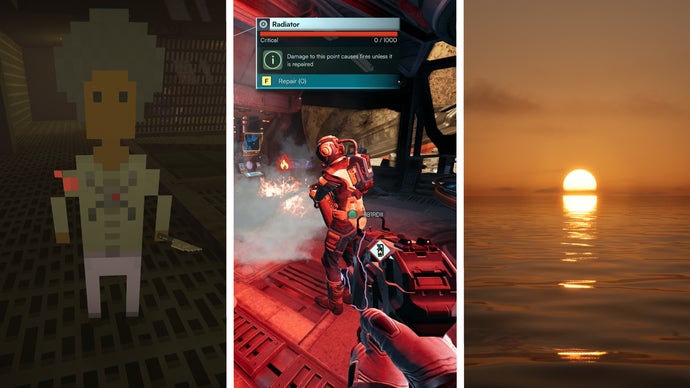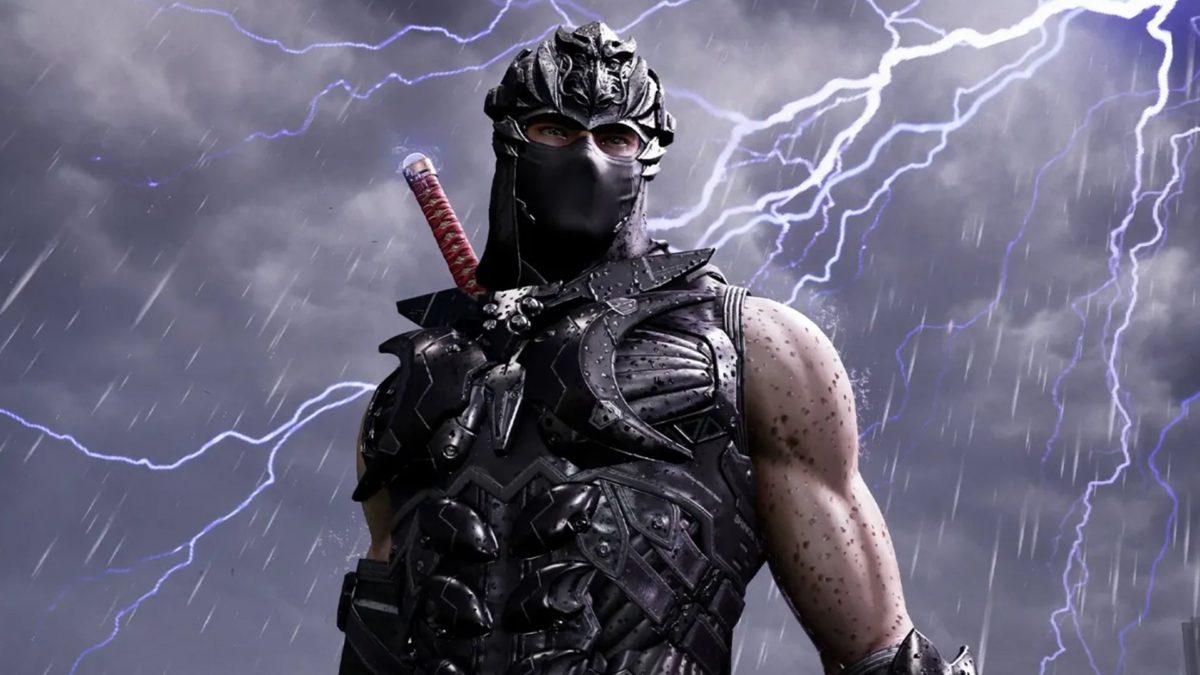
The holidays are almost here, and we’ve rounded up the best deals for Saturday, December 27, below. Don’t miss your chance to save on these late discounts or gifts!
Ninja Gaiden 4 for $49.99
Ninja Gaiden 4 was developed by both Team Ninja and PlatinumGames, offering a wild and immensely satisfying action combat system. Instead of solely focusing on Ryu, a new protagonist, Yakumo, was introduced alongside him. With two characters to play as, there are all kinds of new abilities and mechanics to utilize as you trek across Tokyo to combat an evil threat. If you haven’t had a chance to check out this brand-new entry, you can pick up a copy for $49.94 today at Walmart.
Save on Assassin’s Creed Shadows for Nintendo Switch 2
Launched earlier this month, Assassin’s Creed Shadows is finally available on Nintendo Switch. Right now, you can save $10 off the physical copy at Amazon. This edition packs in all the game’s DLC, updates, and more into one package for Switch 2 owners.
Dragon Quest I & II HD-2D Remake for $49.99
One of the most anticipated RPGs of 2025, Dragon Quest I & II HD-2D Remake, is down to $49.99 this weekend. This remake transforms the original two Dragon Quest games into gorgeous experiences with numerous updates and tweaks to modernize the experience. I’ve had a blast checking this one out over the last week, especially with how much work has been put into DQII.
Fatal Fury: City of the Wolves for $30
Fatal Fury: City of the Wolves was one of the biggest fighting game releases of 2025, marking a long-awaited return to SNK’s beloved Fatal Fury series. The Special Edition is on sale for only $30 this weekend, and this is the best package to buy if you’ve yet to pick this game up. The first year of DLC is included for free, including both Ken and Chun-Li from Street Fighter.
Samsung P9 Express microSD Express Card for $32.99
If you’re a Nintendo Switch 2 owner or expecting to become one this holiday season, a microSD Express Card is an absolutely essential purchase. The internal 256GB of storage is nowhere near enough for most players, especially with huge games like Final Fantasy VII Remake Intergrade set to take up over a third of that space next year. You can save $20 off this 256GB microSD Express Card at Amazon and instantly double your Switch 2 storage.
Call of Duty: Black Ops 7 for $35
Black Ops 7 is the latest Call of Duty, with the game releasing just a few weeks ago. Despite this, it’s already on sale at Amazon for $40, which makes this a perfect last-minute gift.
Save on The Art of DOOM: The Dark Ages
Art books are a great way to gain greater insight into the development of your favorite games. This DOOM: The Dark Ages art book was released a few weeks ago, and it’s already on sale for just under $31. Featuring over 200 pages, you can dive into behind-the-scenes art of the Doom Slayer, his weapons, and even enemies or locations.
Mega Man The Complete Series Blu-ray for $31.97
Amazon has the complete Blu-ray of the animated Mega Man series on sale for $31.97 today. This set contains all 27 episodes of the original series, which totals over 10 hours of content!
Astro Bot for $39.99
Astro Bot is a must-own game for any PlayStation 5 owner for many reasons. The fun platforming adventure is a trip across PlayStation’s iconic history of games, with cameos from many of the beloved characters that shaped each console generation. Today, you can score Astro Bot for $39.99 at Amazon, which is the lowest we’ve seen it so far.







